What Exactly Is Matcha Tea Anyway?
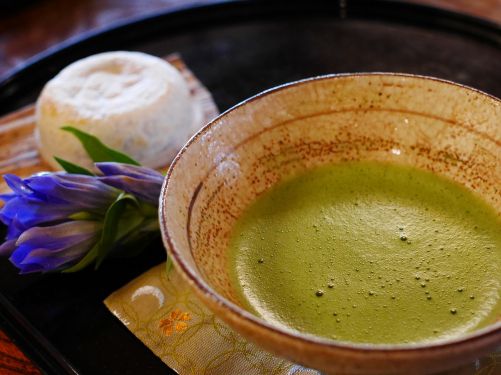
What is Matcha Green Tea and what’s the hype all about? Before we get into that, let’s go into a brief history so you can understand not only the cultural but historical importance of this powdered green tea.
A Brief History of Matcha Green Tea
Matcha Tea comes from a shrub native to China, the tea plant “Camellia Sinensis”. Matcha tea is the healthiest and most potent form of tea due to its high nutritive value. The origin of matcha is traced back to the Tang Dynasty (10th to 12th century) in Japan. Initially, tea was harvested as usual and made into bricks for easy storage and transportation for sale over long distances.
The Zen Buddhists started preparation and consumption of powdered green tea. They grew the tea plant under shade conditions to maximize its therapeutic benefits. This is what became known as Matcha Green Tea.
The Zen Buddhists appreciated the meditation benefits of Matcha tea; it gave them a sense of clarity, mental calmness, and well-being. They noted that taking Matcha tea helped them remain focused and centered during their afternoon meditation. Warriors also experienced the remarkable benefits of Matcha green tea in sustaining energy levels and mental acuity. It was also their ceremonial drink before going to war.
In 1191, Eisai the monk brought Zen Buddhism and other Chinese methods used to prepare powdered tea to Japan. In line with this development, Japan tea plantation owners continued perfecting the production of Matcha. They also increased its outreach and availability more available to the public, making it more popular. Farmers were also educated on the different processing methods; this had a significant impact on the widespread production of Matcha tea in the Japan and other areas.
Production of matcha tea
Matcha is green tea with a different growth, harvesting and production style. Tea is harvested severally throughout the year. Onto the contrary, the very best Matcha is harvested once per year, which typically is in May. The tea is grown under shade conditions for roughly six weeks prior to harvesting. Traditionally, it was covered at the top using straws, but nowadays black vinyl sheets are used. The main aim here is to reduce the amount of sunlight gradually. High-grade matcha tea is grown in almost-dark conditions by the time harvesting nears.
Decreased light results into high amounts of amino acids and chlorophyll. At this time, the tea is very delicate, with soft and thin buds. The bud and two leaves at the tip, which are youngest (also greenest) parts of the tea plant are picked. They are then steamed to preserve nutrients and color and to inhibit enzyme action within the leaves. They are dried and sort into grades, with the highest quality being the youngest, greenest and most tender leaves. De-stemming and de-veining are done; the final result of this stage is tencha. Tencha is stored under refrigeration conditions and can be ground. The ground tea is vacuum-packed for sale.
Preparation – Thick or Thin Matcha?
Over years, the preparation of matcha can be referenced to the two basic traditional styles of matcha preparation in Japan: usucha, which means thin tea, and koicha, meaning thick tea. The basic idea underlying the preparation is that higher quality matcha- we mean a more vibrant color, maximum umami, and high natural sweetness- is used to make koicha, (thick, dense and strong tea). Lower grades of matcha are good for making thinner tea. Another difference between the two styles is that usucha is made from younger tea bushes (less than thirty years old). Koicha is prepared from leaves harvested from the first time in tea plants over thirty years old.
Preparation methods for usucha and koicha are very different. When preparing Koicha, four grams (equivalent to two teaspoons) of matcha are used. The amount of water used- a single ounce, is far less compared to usucha. The result is a thick tea. Its viscosity is like that of melted chocolate or warm honey.
For the preparation of usucha, one more water, and a Japanese bamboo whisk to create a crema that shows the brilliant green color of tea. The viscosity of usucha is way much lesser, to something like a macchiato or perhaps an espresso.
Drinks and foods that can be done with Matcha tea:
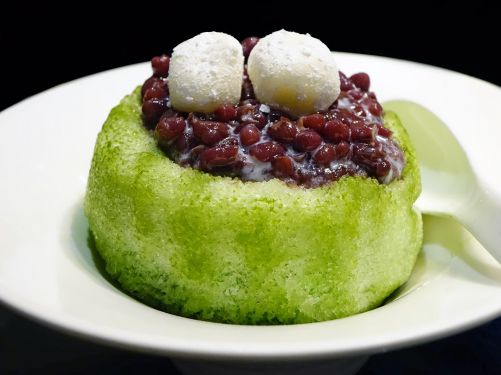
- Green Smoothies – It is prepared by combining one frozen banana, one cup of almond milk, one or two teaspoons honey and two to four grams of matcha in a blender. Puree the mixture until it is smooth.
- Matcha Latte – Combine one teaspoon of matcha powder with 2 ounces of hot water in a mug. Then add six ounces steamed milk over the matcha mixture.
- Matcha Chia Pudding– Prepared by combining two tablespoons of chia seeds, a cup of unsweetened almond milk, one teaspoon matcha powder, and one to two maple syrup. Shake or blend the mixture in a closed container until it combines. Refrigerate overnight.
- Antioxidant-Infused Baked Goods – Preparing these matcha baked goods is done by adding two to four teaspoons of matcha powder to zucchini or banana bread dough, cookie dough or cake batter before baking.
- Green tea ice-cream – It is prepared by mixing two teaspoons of matcha powder into a cup of frozen yogurt or softened vanilla ice cream. For MORE amazing Ice-Cream Recipes, Check out our article 9 Ice Creams Flavors-Beat The Heat This Summer.
- Matcha Frozen Yoghurt Pops – These are prepared by mixing matcha tea powder with a drizzle of honey or plain yogurt and freezing in Popsicle molds.
- Umami Popcorn – Drizzle olive oil on popcorn, then sprinkle it with one part matcha powder and two parts kosher salt.
- Power Oats– Add a handful of nuts and two teaspoons matcha powder to your morning oatmeal.
For more awesome recipes check out our Recipes here on plattershare.com. We have delicious drink recipes, succulent snacks, and more! For more Matcha Recipes, head on over to Aiya-America.com and tell them Plattershare sent ya!
Articles You May Also Like
Recipes You May Also Like
No comments yet
Leave a Reply
You must be logged in to post a comment.
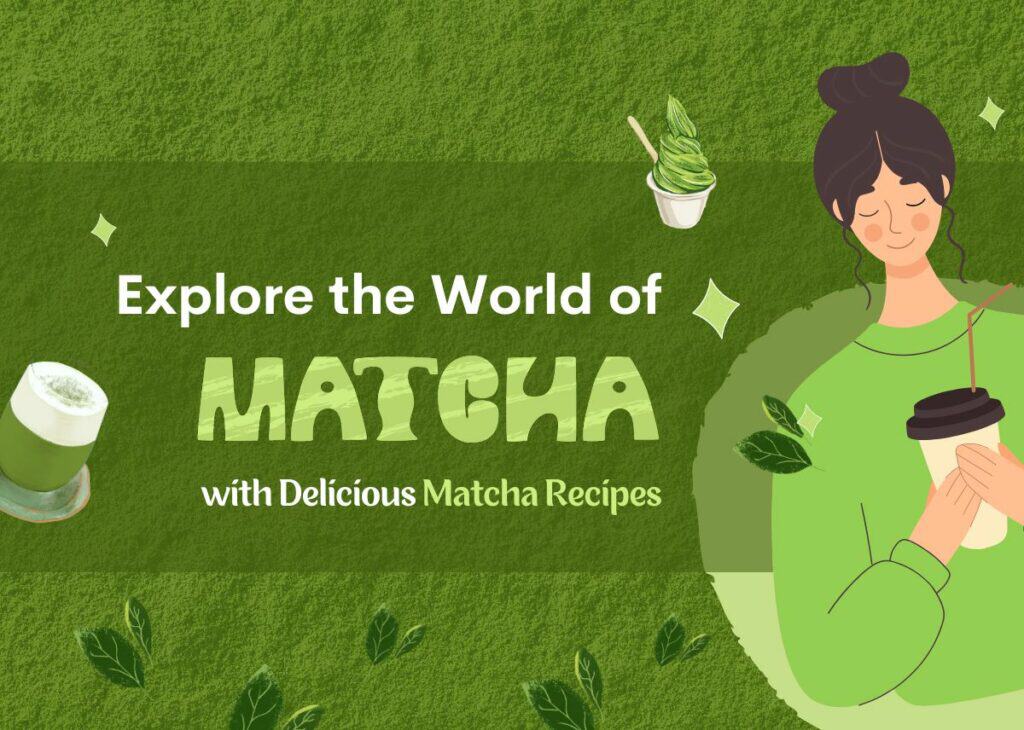

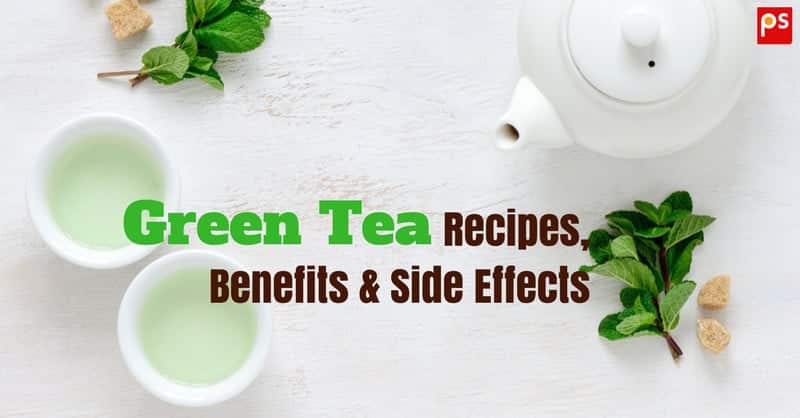
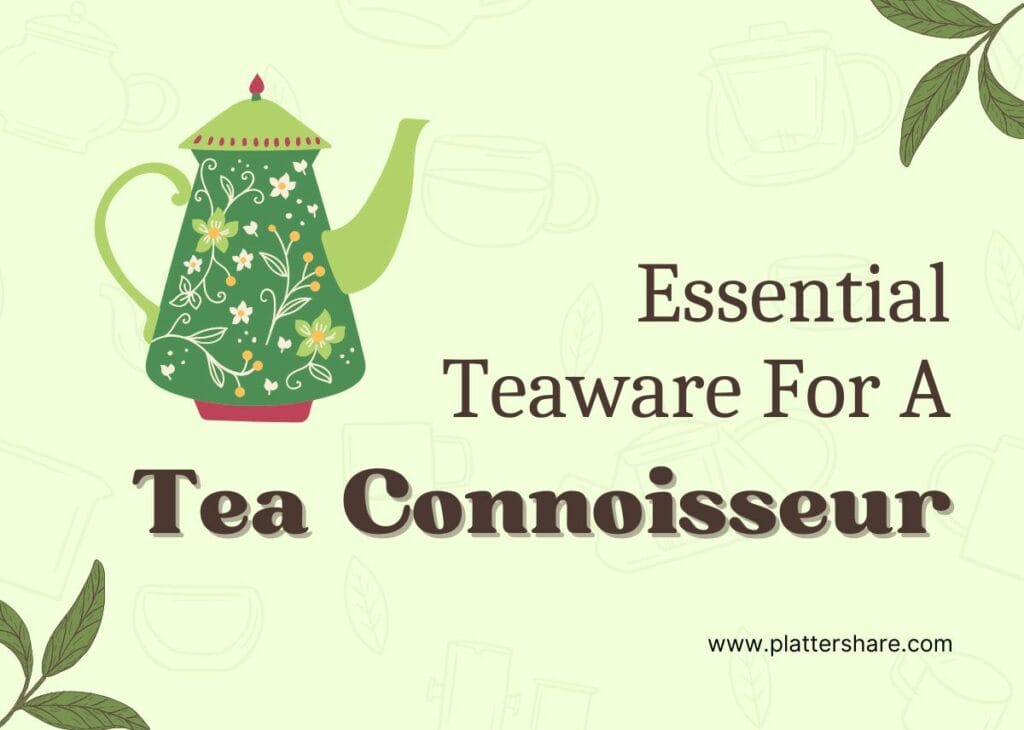


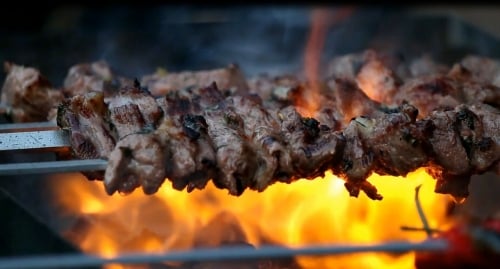




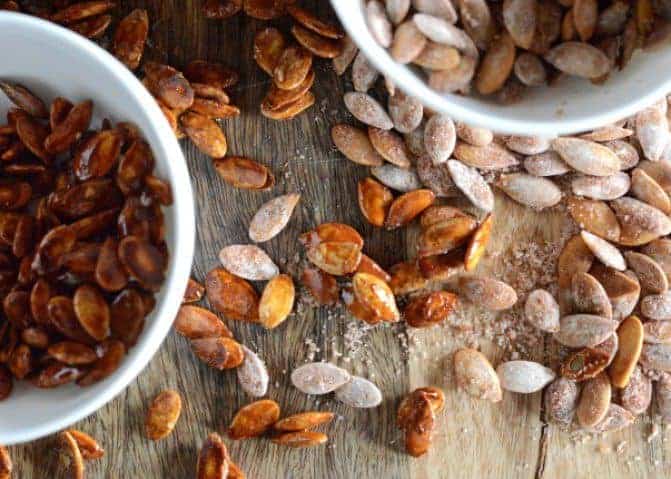
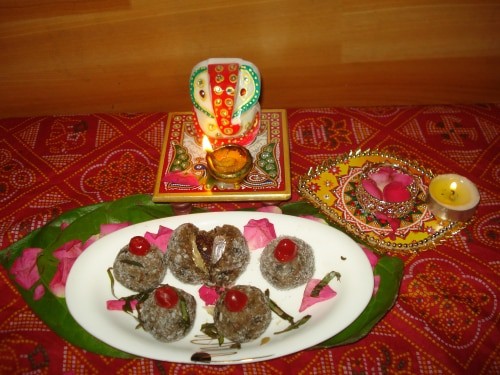
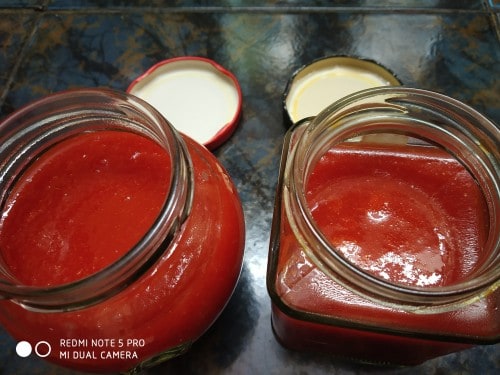
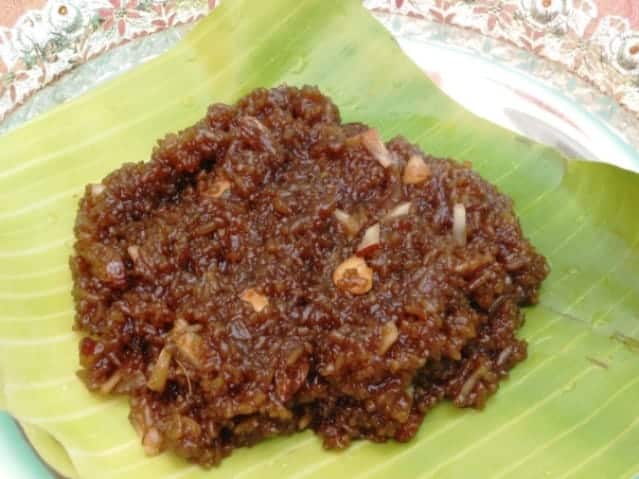
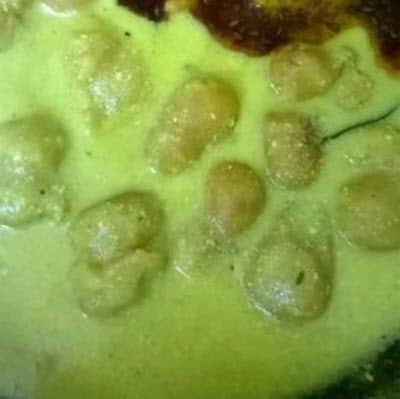

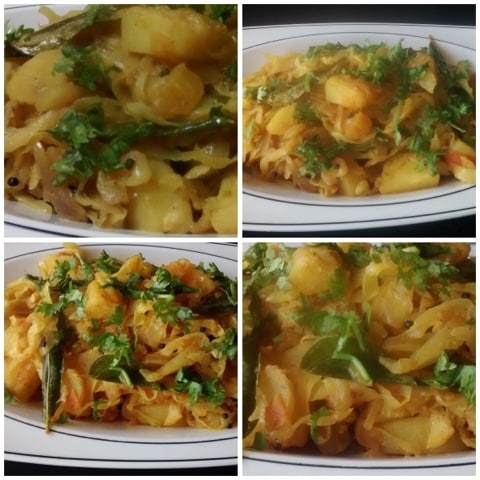

I had seen few recipes with matcha green tea but was not exactly aware of the ingredient. This was helpful.. Great share Plattershare!